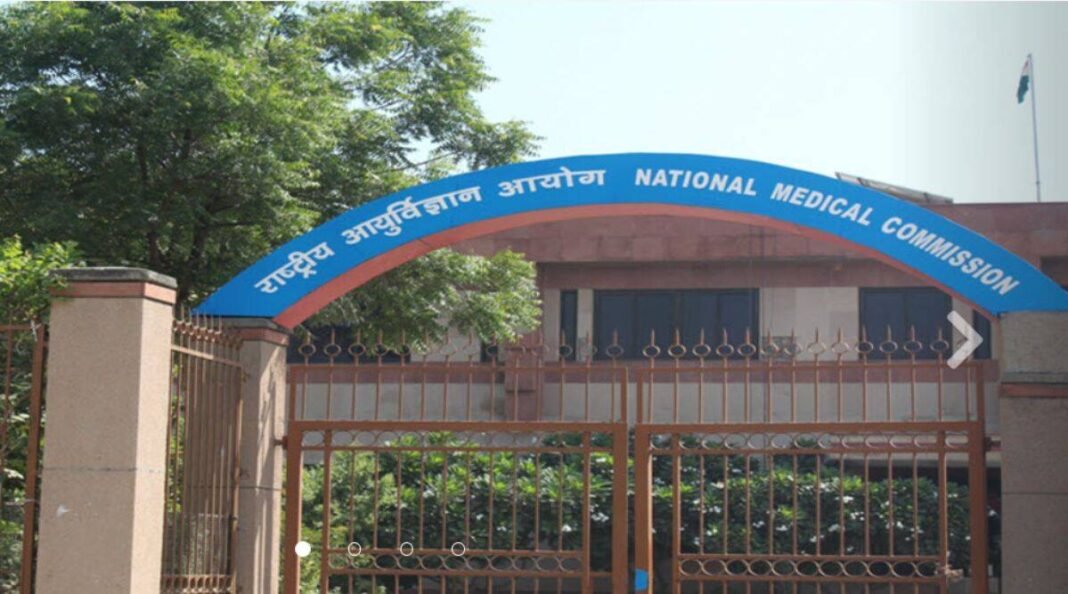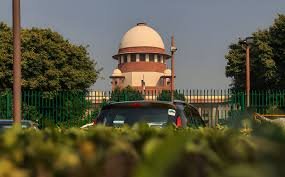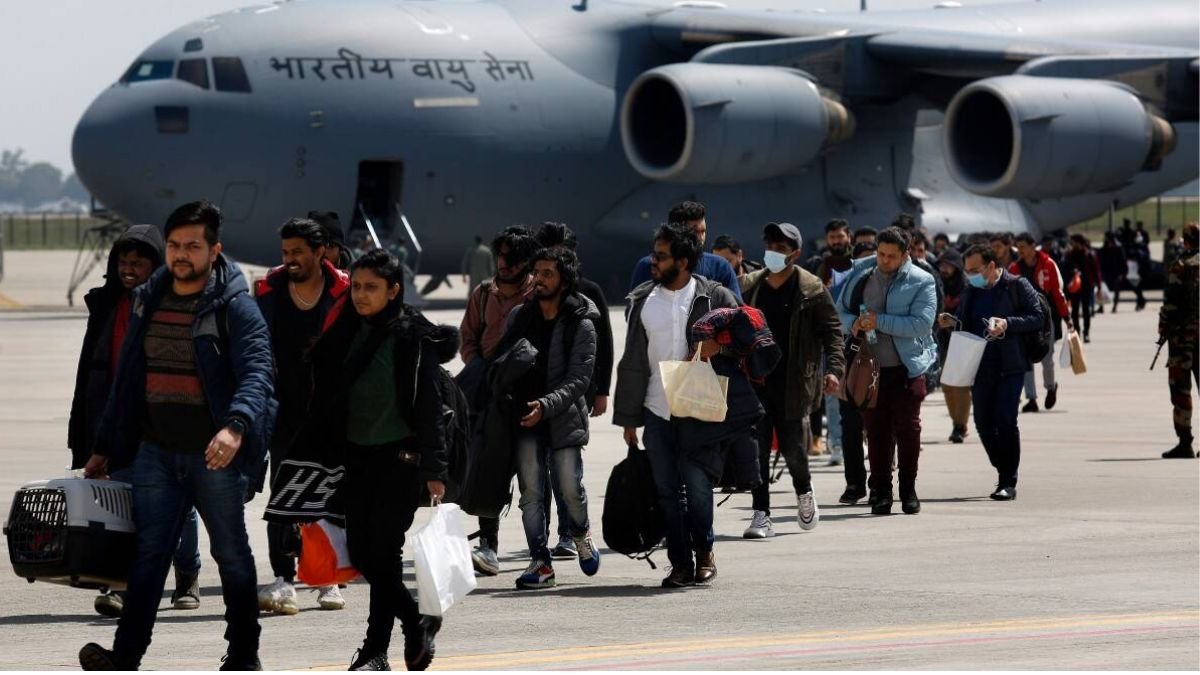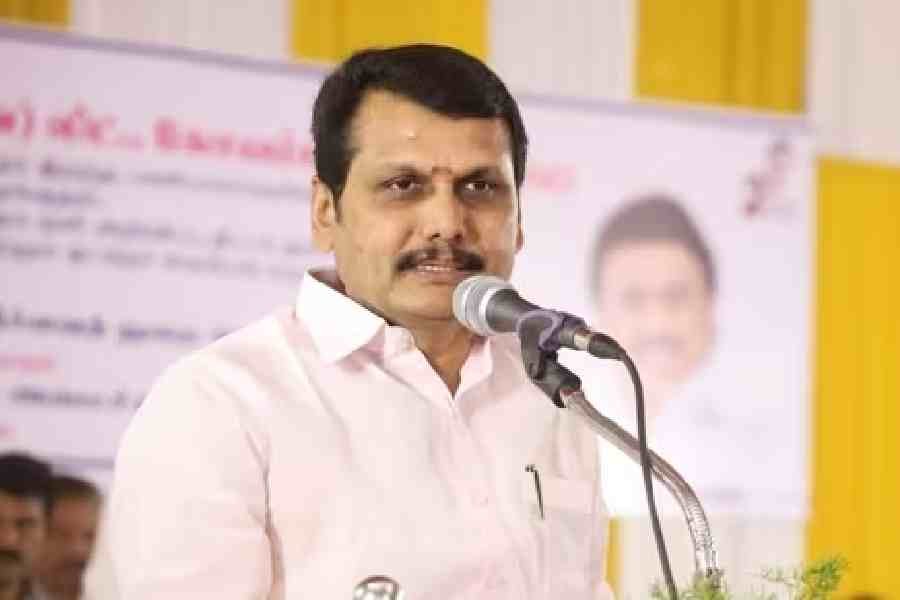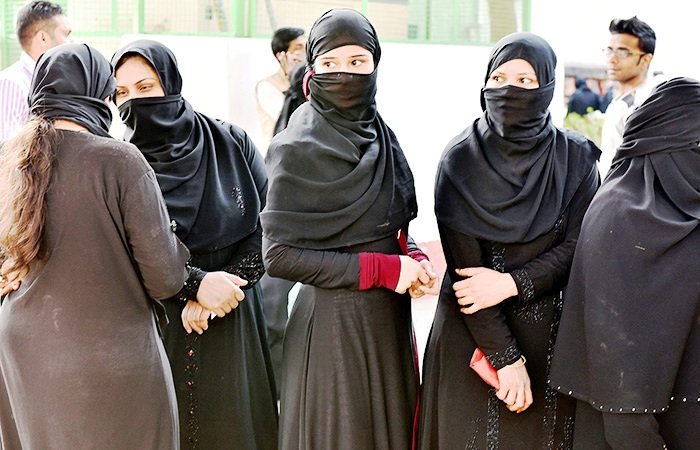CHENNAI, Sept 9: The Madras High Court on Friday directed the National Medical Council (NMC) to reconsider its new fee structure policy evolved on February 3 this year, as the same would create a huge difference in the fee structure between two sets of students and ultimately result in sacrificing merit.
The bench of Chief Justice M N Bhandari and Justice N Mala gave the direction while disposing of a batch of PIL petitions from the Education Promotion Society for India here and seven other private self-financing medical colleges and deemed to be universities.
The petitions sought to declare Sec. 10(1)(i) of the 2019 National Medical Commission Act as ultra vires of the Constitution, illegal, null and void and consequently quash the Office Memorandum dated February 3 of the NMC, which stipulated that the fee for 50 per cent seats in private medical colleges and deemed to be universities should be at par with the fee in the government medical colleges of the States and the Union Territories and for the remaining 50 per cent seats, guidelines are laid down for fixation of fee and other charges to cover the cost incurred by the institutions.
It is the case of the petitioners that by virtue of the memorandum, the students admitted and subjected to a fee to be determined against 50 per cent seats, would subsidise the fee of the students admitted on the fee at par with the one in government medical colleges. It is their stand that the Supreme Court in the T M A Pai Foundation and other cases had recognised the rights of the citizens and religious denominations to establish and administer educational institutions.
The same view had been endorsed by the Apex Court in the Islamic Academy of Education and other cases, wherein it was held that there can be no rigid fee structure, rather each institution must have freedom to fix its own fee structure taking into account the factors laid down in those judgments. The said fundamental right has been completely taken away by the impugned memorandum by fixing a rigid fee structure for 50 per cent of the seats at par with the fee of the students in the government medical colleges, they contended.
By virtue of the memorandum, 50 per cent of the students taking admission in the MBBS course would be paying fee at par with the one the students in government medical colleges, which may be Rs 18,000 to Rs 20,000, while the students taking admission against the remaining 50 per cent seats would subsidise the fee of the first 50 per cent of the students by paying around Rs 40 to Rs 70 lakh to bear the cost incurred by the institution, petitioners pointed out. The aforesaid arrangement, coming out of the February 3 memorandum, is not permissible in the light of the Apex Court judgments in TMA Pai Foundation and other cases, petitioners contended.
After discussing elaborately the SC decisions in various cases and the UGC and other regulations, the bench held the government is vested with power to regulate the fee structure to avoid the private educational institutions from profiteering. However, the private institutions cannot be totally prevented from collecting more fees for the infrastructural and other additional facilities provided by them to the students. The provision now operating and now held to be constitutionally valid allows the NMC to regulate fees of 50 per cent seats and if such regulation is permitted in regard to the management quota seats, then the February 3 memorandum under challenge can operate. But the question would be for determination of fee for the remaining 50 per cent seats to be at par with the one in the government medical colleges, the bench pointed out.
To avoid confusion of any nature, it would be appropriate for the authorities concerned to take a decision on it at the earliest so that a proper fee structure is determined for the students, which may not result in cross-subsidisation of fees, the bench said.
The aforesaid is required even for the reason that if there would be a huge difference of the fee structure between two sets of students, then it may even result in sacrificing the merit of the candidates in view of the fact that after filling of first 50 per cent of seats of government quota at par with the fee of the government medical colleges, the remaining would be offered to the next meritorious candidate and if the next meritorious candidate is not in a position to bear the burden of high fee, he/she would be unable to take admission in the medical college and then the seat would go to the next meritorious candidate, who may be below the caliber of the candidate who could not afford to pay high fee.
This would ultimately result in sacrificing the merit and the worst scenario would be when no candidate down in the merit list is ready to take the burden of paying high fee and the seat remains vacant, which would be a loss to the institution and the nation, the bench observed.
In view of the foregoing discussion, the bench said it finds reason to direct the NMC to revisit the February 3 memorandum in the light of the observations made by it.
If the intention of the Parliament was to make provision for determining the fee structure for all the seats in the medical colleges, it should then amend Section 10(1)(i) of the 2019 Act appropriately and come out with a fresh memorandum at the earliest. Till this exercise is undertaken, the fee structure may be governed by the present system, the bench added. (PTI)


